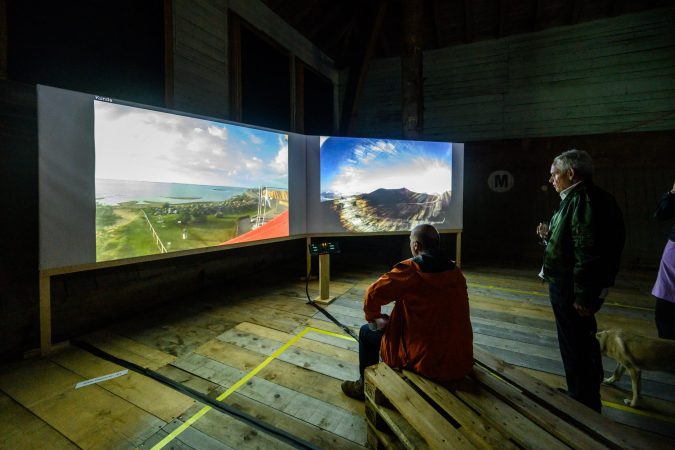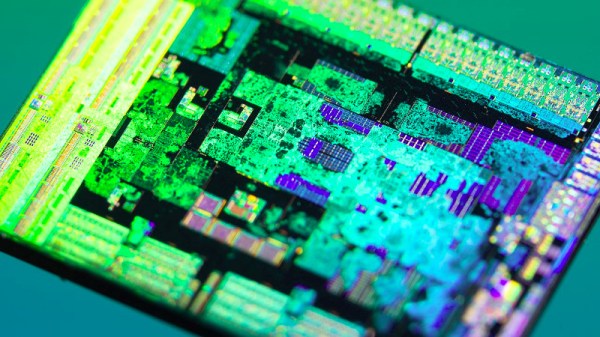The Raspberry Pi is a hugely popular platform for emulating older consoles, with the RetroPie framework making it easy to get started in no time at all. Often, these single board computers get built into fun arcade boxes or replica console shells to add to the charm. That’s all been done, so instead, [Cedishappy] decided to go in his own direction – resulting in the wonderful Watermelon Gameboy.
What sounds like a trivial exercise of building a RetroPie rig in a unique enclosure actually comes with some engineering challenges. The basics are all pretty standard – GPIO pins interfacing buttons, a speaker and the screen, emulating a Gameboy Advance. But the mechanical implementation is more complex. The watermelon is first cut open, having its red flesh removed, leaving just the rind. Paper and cardboard templates are then used to make holes for the buttons and screen. Unfortunately, hot glue doesn’t work on watermelon, so instead, toothpicks were used to hold the screen and speaker in place. To protect the electronics from the moist melony environment inside, clear food wrap was applied to the Raspberry Pi and other components where needed.
[Cedishappy] goes above and beyond with the project video charmingly showing the reactions of bystanders to the contextually confusing game system. The combination of electronics with fruit and vegetables is an area we don’t see explored often enough; our own [Mike Szczys] built a magnificent LED Jack-o-Lantern that really looks the business. Video after the break.
Continue reading “You’ve Never Seen This RetroPie Emulator Console: Watermelon” →


















